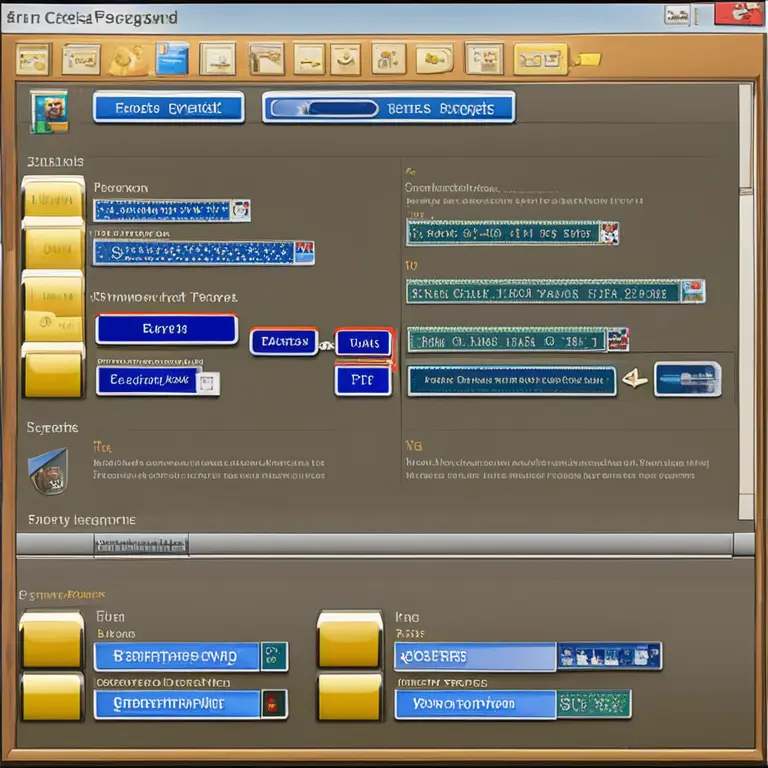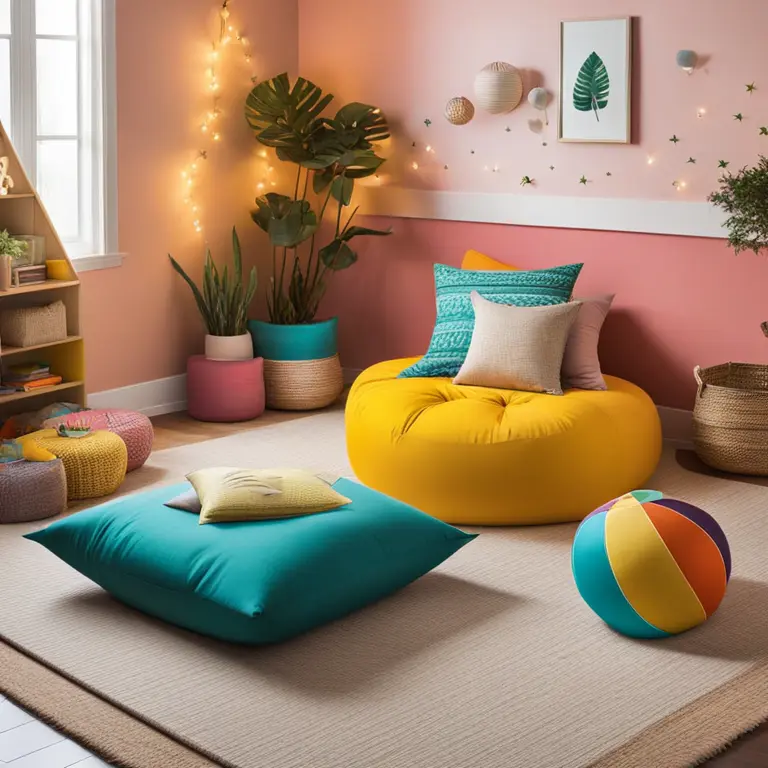
Peaceful Minds: Meditation Practices for Kids
Introducing simple and effective meditation practices to help children develop mindfulness and emotional balance.
article by Hina Kurosawa
Introducing Meditation to Children
Meditation can be a wonderful tool for children, providing them with an early foundation for stress management and emotional health. In today’s fast-paced world, even young minds can experience pressure and anxiety. Meditation offers a way for kids to step back, find their calm, and develop resilience. Starting a meditation practice, however, should be a gentle and enjoyable process. Tailoring techniques to be kid-friendly ensures that they are engaged and derive genuine benefit from the practice. It's crucial to explain meditation in simple terms and highlight the joy in this quiet, introspective activity.

Crafting a Child-Friendly Meditation Space
Creating a dedicated space for meditation can help signal to children that it's time to transition to a peaceful mindset. This space doesn't have to be large or elaborate. A quiet corner with comfortable cushions or mats, perhaps decorated with soothing colors or their own artwork, can be inviting to kids. Having a consistent physical environment dedicated to meditation may also help in forming a steady habit. Encourage kids to be involved in setting up this space, allowing them to personalize it with items that they find calming or pleasant.

Simple Techniques for Beginner Meditators
When starting out, keep meditation sessions short and straightforward, especially for younger children. Guided meditations that take them on imaginary journeys or deep breathing exercises with fun visuals can be compelling. For example, you can use the image of a balloon inflating and deflating to help them visualize their breath. Other simple techniques include listening to the sounds around them or focusing on the sensations in their bodies. These practices can help center a child’s attention and teach them the basics of mindfulness in an engaging way.

The Role of Routine in Meditation Practice
Consistency is key to developing any new skill, and this is true for meditation as well. Encouraging kids to meditate at the same time each day can help them establish a rhythm. This routine doesn't have to be rigid; it should ideally fit within their daily activities without causing disruption. A meditation session might take place after school before homework begins or as a calming prelude to bedtime. Parents and caregivers can model this routine by joining the children in meditation, fostering a supportive environment and a shared experience.
Age-Appropriate Meditation for Different Stages
As children grow, so will their capacity for longer and more involved meditation sessions. Tailor the practices to be age-appropriate, offering more advanced techniques such as mindfulness meditation or simple mantras for older children. By progressively introducing them to new concepts and practices, you encourage a continuous development of their meditation skills. The aim is to arm them with a range of tools that can help combat stress and promote well-being throughout their lives.
Monitoring Progress and Encouraging Reflection
It’s important to talk to kids after meditation sessions to understand their experience and encourage them to articulate their feelings. This reflection can build self-awareness and emotional intelligence. Parents should be attentive to the child's feedback and ready to make adjustments where necessary. Celebrating milestones and acknowledging their dedication to meditation can bolster their confidence and commitment. Keep in mind that not every child will connect with meditation initially, and patience is essential.
Published: 1/14/2024
Modified: 1/15/2024
More predictions
Come back here soon to learn more about yourself and your future


Easing Loneliness with Mindfulness Meditation
Explore how mindfulness meditation can provide solace and connection to alleviate the feelings of loneliness.


Discovering Life with Meditation Mantras
Delve into the transformative power of meditation mantras to harmonize your mind, body, and spirit for a tranquil existence.


Mindfulness Meditation Basics for First Graders
Introducing foundational mindfulness meditation practices to instill calm and focus in first-grade students.